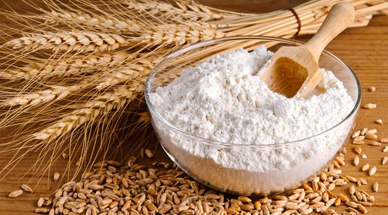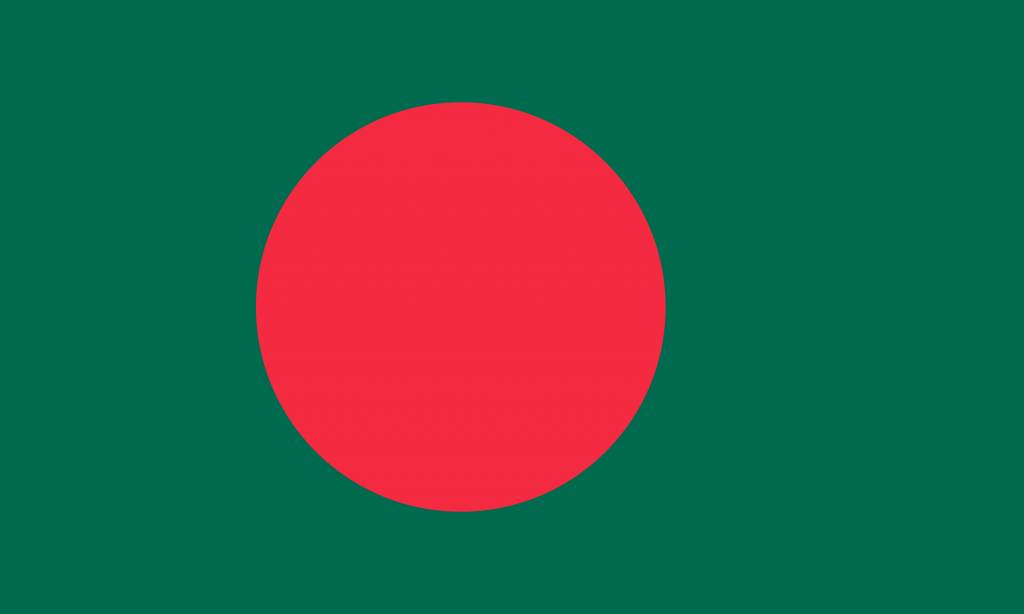
Poultry farming in Bangladesh is the process of keeping different types of birds for meat, egg, feather or sale. In Bangladesh, poultry birds are widely used for meat and egg.Bangladesh weather is very much friendly for poultry farming. There are various kind of poultry birds that have been domesticated for many years. As of 2017 about 300 billion taka has been invested in the poultry industry. There are an estimated 150,000 poultry farms in Bangladesh. Commercial poultry production has been growing rapidly in Bangladesh since early 1990 by using improved genetics, manufactured feeds and management.

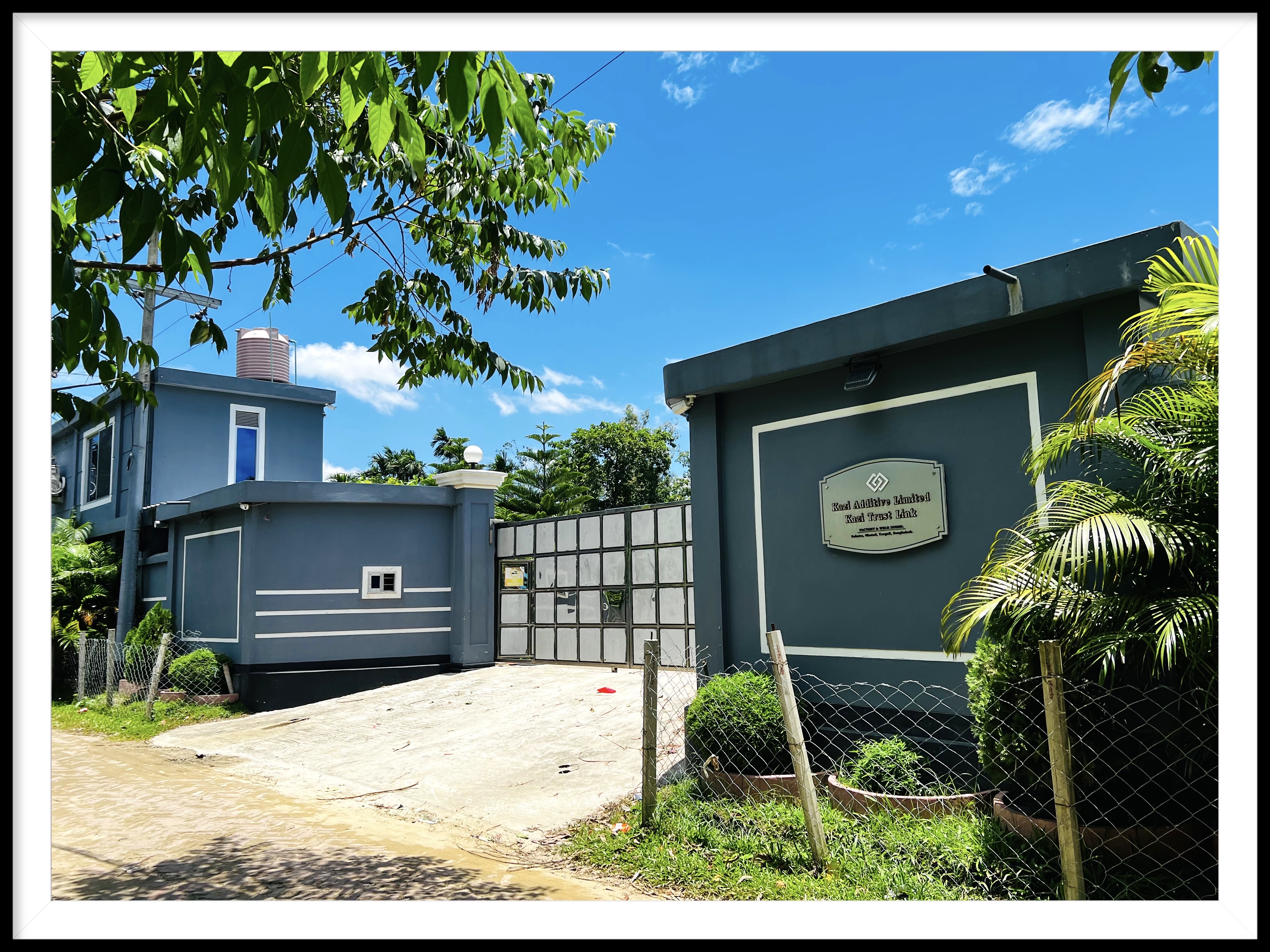
We have been started our business in the year 2010 under the name of KAZI TRUST LINK. After three years of successful business in the Poultry industry, we enlisted in the Kazi Trust Link in the year 2013. Now Kazi Trust Link is a well-known reputed as well as a leading trading house in Bangladesh. Now we have started our new company in the name of KAZI ADDITIVE LIMITED its Poultry feeds RAW Material and Feeds Additives, Importer, Exporter & Supply Company in Bangladesh.
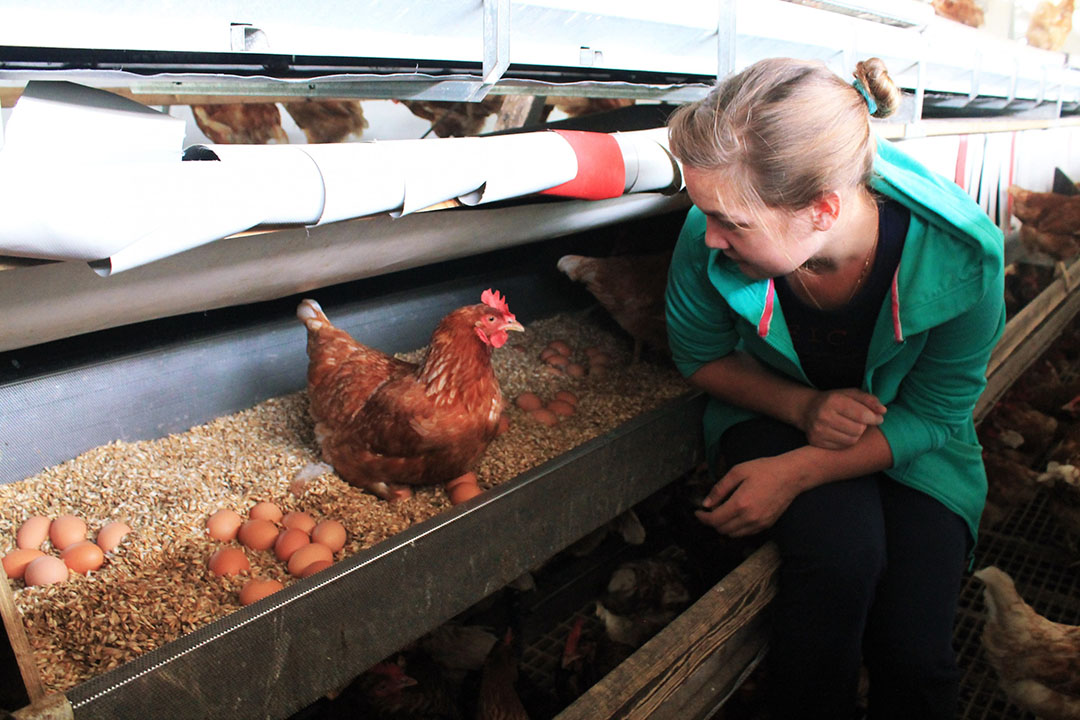
How the war in Ukraine threatens Bangladesh's food security | 7/24/2022 2:47:43 PM
4
How the war in Ukraine threatens Bangladesh’s food security This recent blog post by International Food Policy Research Institute (IFPRI) illustrates how disruptions in wheat, vegetable oil, and fertiliser markets drive up prices and threaten supplies in Bangladesh As the Russia-Ukraine crisis continues to disrupt the global trade of key food items such as wheat and vegetable oils, along with fertilisers, impacts are falling heavily on countries such as Bangladesh. Dependent on imports of those items to feed its large population the country faces the prospect of rising food insecurity. The conflict threatens Bangladesh's recent progress on this front. With a population of 165 million in 2021 — with 38% employed by the agricultural and fisheries sector — and a growing economy, the country's undernourished population declined from a high of 16% in 2000 to as low as 9.7% in 2019. While the Covid-19 pandemic increased food insecurity, by some measures the country proved relatively resilient. According to an IFPRI study, the proportion of rural households facing moderate or severe food insecurity rose from 15% in early 2020 to 45% in January 2021, then returned to pre-pandemic levels by the end of 2021. Now that 2021 recovery is in danger: Bangladesh saw a record rise in prices of staples in March 2022, along with volatility in the fertiliser market. In this article, we discuss Bangladesh's trade exposure to several commodities facing export restrictions, the fiscal impact of rising imports, and potential measures for easing food security pressures. Risks for the Bangladesh food system The war in Ukraine has affected Bangladesh in three significant ways. First, is the wheat market. Although Bangladesh has a historically high reliance on rice in its caloric intake (about 68% of total calories), wheat has been an increasingly important food source — about 7% of total calories. Wheat consumption has tripled since 2000, and Bangladesh imports more than 80% of its wheat needs. Since 2005, Russia and Ukraine have accounted for an increasing share of those imports, reaching more than half of the total (Figure 1). With those sources now disrupted, Bangladesh will have to find alternatives. In previous years, Bangladesh has purchased wheat from India and Australia, among other suppliers. India is expecting a good harvest and has indicated it may be able to supply as much as 10 million metric tons (MT) to world markets this year. The second is the vegetable oil market. Ukraine and Russia account for about 75% of world sunflower oil exports. While Bangladesh does not import sunflower oil, the war has increased prices across the entire vegetable oil complex. Bangladesh imports almost all of its vegetable oil needs either in the form of raw or processed products (primarily palm oil and soybean oil) or imported oilseeds (rapeseed and soybeans), processed domestically. Trade restrictions imposed by major vegetable oil exporters have also increased Bangladesh's vulnerability. Indonesia supplies 80% of Bangladesh's palm oil imports. This March, Indonesia implemented a progressive export levy for palm oil and its derivatives that may limit the total supply in the global market. Argentina, meanwhile, accounts for about two-thirds of Bangladesh's soybean imports. On March 13, Argentina restricted exports of soybean oil and meal, then altered course on March 31, permitting exports but raising export taxes on those products from 31% to 33%. All of these factors have kept vegetable oil prices at record levels and increased import costs for countries like Bangladesh. Considering the effects on both grains and oilseeds markets, our export restriction tracking data indicates that 38% of Bangladesh's total imported calories is likely to be impacted by such measures, equivalent to a quarter of the dollar value of total imports. Third, fertiliser costs. Bangladesh agriculture, particularly rice production, relies heavily on the use of fertilisers. Average application rates are over 286 kg/hectare and Bangladesh imports over 1.2 million tons of fertiliser annually, including 31% of nitrogen needs, 57% of phosphate needs and 95% of potash needs. Russia and Belarus are major global fertiliser exporters, and the war, including export sanctions aimed at Russia, has disrupted these markets as well. Bangladesh imports almost 75% of its potash needs from Russia (34%) and Belarus (41%). Bangladesh will likely have to source these ingredients from other countries and pay higher prices. Resulting in lower input use—particularly of nitrogen-based fertilisers—could reduce rice production, increasing demand for rice imports. In addition, Bangladesh imports 44% of its corn and soybean supplies (computation based on FAOSTAT food balance sheet), and these too are seeing rising global prices. This impacts the feed sector in Bangladesh, increasing the production costs of poultry, cattle, and fish products—sectors already weakened by the pandemic. Reducing the availability of animal products in the coming months could compound the food security impacts from disruptions in the key staple products of wheat, vegetable oils, and rice. To maintain supplies, Bangladesh will have to buy commodities at higher prices; this will put pressure on monetary reserves and impact the currency market; there have been signs of currency depreciation already. This in turn would lead to an additional price increase for consumers, as high world market prices are amplified by a weaker exchange rate, and more pressure on public finance, trapped between servicing the country's foreign debt (already $460 per capita in 2021), and the increased cost of domestic programs. Macroeconomic consequences and direct impact on government policies As in many countries, domestic food prices are already rising. Though the official estimates of price inflation, 5.5% for food in December 2021, depict a relatively mild situation, a report by the Centre for Policy Dialogue (CPD) indicates higher prices for essentials (with rice thus far remaining relatively stable). In the first seven months of the current fiscal year (the fiscal year begins in July), the trade deficit has increased by over 82% to $18.7 billion, as the import bill surged by 46% over the same period in FY21, and despite high export growth. Costs include $5.79 billion in rice, wheat, fertiliser and vegetable imports. According to the US Department of Agriculture, Bangladesh is expected to import 7.5 million MT of wheat and 2.3 million MT of corn in 2022-23. How can Bangladesh cushion the impacts of rising prices and supply problems on the poor and farmers? The government runs extensive public food distribution programs (PFDS) including Open Market Sale (OMS), Food Friendly Program (FFP), and the Vulnerable Group Feeding (VGF). The FFP program alone provides food, mainly grains, to over 5 million poor families with an annual cost of $380 million. During the first year of the pandemic, public food distribution rose to 2.8 million MT from the pre-pandemic level of 2.6 million MT (2018-19). In the current fiscal year, the country has already distributed 1.5 million tons against a target of 3.3 million MT of food grains. The greater volume of the distribution comes as income losses and high unemployment due to Covid-19 in the recent months have pushed many families into poverty, leading the government to expand food distribution programs, particularly through OMS. The decision in March to provide another 10 million families with soybean oil, sugar, chickpeas and lentils at subsidised prices is a clear indication of the country's growing food insecurity problem. Meanwhile, government subsidies for fertilisers are expected to hit a record-high $3.2 billion in 2021-22, tripling the initial allocation of $1 billion. Farmers receive subsidies that account for 70% to 85% of market prices of various types of fertilisers. With a total demand of 5.8 million MT of fertilisers, and market disruptions proliferating, farmers now face huge uncertainties in getting fertilisers on time. Fertiliser shortages would have significant impacts on the planting of the Aus rice season this spring, Aman in July, and Boro season rice later this fall. Policy recommendations Food security for the poor is at the core of the government's policy agenda. Though the country's production forecast for rice (36.3 million MT in 2022-23, according to USDA) gives some level of comfort, it still needs to procure 0.7 million tons of rice from abroad. International wheat and maize supplies are uncertain, as are those of fertilisers. How can Bangladesh cope with the current price and supply volatility in these items and maintain food security? To keep the inflationary pressure under control, the government should monitor price trends in both domestic and international markets and take timely measures to maintain sufficient food supplies. Research by Chowdhury et al shows that there were leakages in the FFP distributions during the early phases of the pandemic, due to mistargeting recipients and in appropriations of the quantity disbursed, among other issues. Since the government has now decided to increase the number of people receiving food, the selection of beneficiaries must be done properly, preferably by automating the process. Routine monitoring and effective evaluation of such programs can also help alert the government about supply disruptions and inefficiencies. Similar approaches should be used for fertiliser programs to improve their efficiencies. To help stabilise markets, some short-term initiatives would be helpful. The government should continue to assist consumers through OMS and other mechanisms. In this regard, we find it encouraging that the government has already reduced import tariffs and the value-added tax (VAT), to keep prices low. To address structural weaknesses, longer-term reforms will be required—in particular, reform of fertiliser subsidies, as such policies are not sustainable from an environmental and fiscal point of view. As the ongoing Ukraine-Russia crisis threatens global food security, Bangladesh faces a predicament: paying rising prices for import commodities to maintain supplies will squeeze currency reserves further and leave little room for the government to expand its social safety net programs. Meanwhile, global market problems outside of food also threaten the country's economy. The textile and garment sector could be affected, putting income and jobs at risk for many poor households. Indeed, input costs have been rising, both for synthetic and natural fibres (+72% increase in cotton prices over the last two years), while global demand has fallen during the pandemic, and the Russian market for Bangladesh exports now faces uncertainties in delivery of goods and receiving payments due to the war and international sanctions. These concerns are already undermining the long-term recovery from the Covid-19 pandemic and will no doubt delay progress in achieving the SDGs by 2030. A coordinated approach by the government, with the support of international partners like the IMF to ensure the proper financing, combining consumer subsidies, market intelligence, and quick evaluation of food and fertiliser distribution program performance is needed to effectively manage Bangladesh's food security needs. ————————— Abdullah Mamun is a Senior Research Analyst with Ifpri's Markets, Trade, and Institutions Division (MTID); Joseph Glauber and David Laborde are MTID Senior Research Fellows. THOUGHTS Abdullah Mamun, Joseph Glauber & David Laborde 26 April, 2022, 10:40 am Last modified: 26 April, 2022, 03:37 pm Disclaimer: The views and opinions expressed in this article are those of the author and do not necessarily reflect the opinions and views of The Business Standard.

COVID-19 | 11/27/2020 12:28:04 PM
1
COVID-19 and the future for Bangladesh’s poultry sector By Rashed Mahmud Partners: Chattogram Veterinary and Animal Sciences University Published on 08/09/2020 Research in Bangladesh shows poultry farmers, traders, suppliers and others need long-term, planned support to recover from the pandemic's devastating effects. women in protective clothing putting up public health notices on a wall UN Woman Asia & the Pacific/Flickr More than six million people in Bangladesh are directly or indirectly involved in poultry production. The commercial sector has been expanding rapidly, with commercial poultry farms growing at a rate of 15% a year, providing one significant pathway for the country’s economic development and an increasingly important means to provide nutrition for its people. Poultry farming has also long provided a well-trodden pathway out of poverty for many. As researchers working closely with chicken farmers, we wanted to find out to what extent the sector was affected by the COVID-19 crisis – in particular, how the pandemic and pandemic control measures were affecting the production, distribution and consumption of chickens and eggs. We interviewed 36 chicken farmers, traders, feed, medicine and chick suppliers, and others involved in the chicken production and distribution network in Bangladesh, from early April to early May this year. Our findings illustrate the very serious adverse effects that COVID-19 has had on this important, growing sector. Damaging rumours In Bangladesh, the first human case of SARS coronavirus-2 was detected on 8 March. By the time lockdown was announced on 26 March there were 39 reported cases. To prevent human-to-human transmission, preventive measures were quickly introduced, including social distancing and controls on people’s movements, closure of food outlets, factories and markets, and reduction of domestic and international transport. We found that rumours, particularly on social media, that the SARS coronavirus could be transmitted to people through livestock and livestock products, combined with the new lockdown measures, caused serious damage in the different poultry production and distribution networks in the country. For example, poultry farmers stopped receiving necessary supplies such as day-old chicks, poultry feed vaccines and medicines, and a lack of consumer demand –caused by fears from the unfounded rumours as well as people’s decreased incomes and their inability to access markets – meant they could no longer sell their market-ready birds at desired prices. One medium-scale broiler farmer we interviewed said: In the last 10 years, I have never experienced this kind of critical situation. I cannot sell mature broilers to middlemen, even at BDT80-90 /kg (US$.95-1.06)) but my production cost is more than BDT100/kg (US$1.20). As a result, farmers have suffered serious economic losses. Our preliminary research finding shows that by the end of April, approximately 70% of small-to-medium-scale broiler farms had temporarily stopped farming and trading. Although by June, half of these farms had restocked with day-old chicks, it was at a smaller scale due to the uncertainty surrounding the likelihood of further losses. Economic losses The plight of farmers in turn significantly affected the business of poultry traders (intermediaries and feed dealers), large poultry companies, poultry feed companies and pharmaceutical companies. Our follow-up study in June showed there was a 30-45% reduction in day-old chick production, a 35-40% reduction in poultry feed production and a 40-50% reduction in the sale of medicines and other pharmaceutical products. In April, one hatchery manager told us: The market price of day-old chicks has dropped below the production cost. Now, day-old chicks’ selling price is BDT4-5 (US$0.047-0.05), whereas it was around BDT35 (US$ 0.4) before COVID-19. Our production cost is around BDT30-32 (US$0.36-00.38)). So, we had to reduce day-old chick production to 7.5-8 million from 13 million weekly. Since the pandemic, farm eggs have been selling at up to BDT4-5.5 (US$0.046-0.065) each at farm level in Bangladesh, against production costs of at least BDT6 (US$ 0.07). The average price of a farm egg was BDT7-8 (US$0.08-0.09) before the pandemic. The production cost per kilogram of broiler meat was BDT95-100 (US$1.17-1.18) while post-pandemic farmers had to sell wholesale for only BDT65-70 (US$0.77-0.80). Farmers, who run their farms by taking credit from the feed dealers, have fallen into more debt. Price fluctuations Local newspapers have reported that prices of both chicken eggs and meat hit a 12-year low in April. The Bangladesh Poultry Industries Central Council (BPICC) is expecting the supply-demand mismatch for poultry to continue for a minimum of six months. In the second week of May, the price of poultry meat and eggs increased as a result of supply disruptions and demand from the Eid-ul-Fitre (one of the biggest Muslim festivals), and according to the state-run Trading Corporation of Bangladesh (TCB), chicken broiler prices increased by an average of 45% in the four days between 20-23 May as Bangladeshi poultry producers had stopped production in March and April due to low demand worsened the situation. Such rapid price fluctuations of poultry meat and eggs are making it increasingly difficult for farmers and traders to cope with the crisis. One trader interviewed said: Sell-volume is reducing with the drop in price and supply. But you know, my operational cost isn’t decreased. I have to pay shop rent, the salaries of the staff, utility bills, etc. In the last three months, I had losses of around BDT 0.4 to 0.45 million (US$4,700-5,300) from my capital. It is estimated that today in Bangladesh 1 million entrepreneurs and 8 million people commercially produce more than 10 billion eggs and nearly 1.5 million tons of poultry meat a year. Pre-coronavirus, commercial poultry farms had been gearing up for exporting by 2024. That development trajectory seems now to be jeopardised. Livelihoods threatened In April, BPICC also anticipated that more than two million people in the poultry industry would become unemployed in the next couple of months if the COVID-19 situation does not improve. Furthermore, the current situation seriously undermines the livelihoods of Bangladesh’s millions of backyard poultry farmers and smaller traders. About 90% of rural Bangladeshi households keep poultry, the practice being recognised as a major pathway for poverty reduction, particularly for poor, landless women The Bangladesh Government has acted to support the country’s farmers during the COVID-19 period, with measures including Department of Livestock Services (DLS) and Ministry of Livestock and Fisheries (MoFL) support in distributing and marketing eggs and poultry, and MoLF support for the early release of imported items of poultry feed and pharmaceutical products from the seaport. The Government has also declared a stimulus package of Tk5,000 crore (US$595 million) to provide financial assistance to small and medium farmers in rural areas for boosting agricultural production facing the fallout of COVID-19. However, Government support alone is not sufficient to repair the damage caused to farmers, and in particular there are complexities linked to the implementation of its stimulus package. A simple but efficient way for farmers to benefit from the package needs to be put forward. Large poultry companies and UN organisations should come forward. There are no quick solutions to the challenges that the poultry sector has been facing during the COVID-19 crisis in Bangladesh. The sector now needs a short-, medium- and long-term plan to overcome the crisis. The author would like to thank Hub researchers Md. Ahasanul Hoque, Md. Helal Uddin, Nusrat Irin, Abdullah Al Sattar and Guillaume Fournié, and Hub Director Fiona Tomley for their contributions to this piece.

Access to livestock services, incentives and expanding e-commerce are essential to revive agriculture and livestock sectors hit hard by the Covid-19 pandemic | 11/22/2020 11:38:24 AM
2
Access to livestock services, incentives and expanding e-commerce are essential to revive agriculture and livestock sectors hit hard by the Covid-19 pandemic, experts said Thursday. They shared the views at an online seminar on the impact of Covid-19 and climatic disaster on livestock sector jointly arranged by CARE Bangladesh and Kaler Kantha, said a press release. Department of Livestock Services (DLS) Director General Dr Abdul Jabbar Sikder said coordinated efforts from public, private and non-government entities made it possible to facilitate the market for sacrificial animals during Eid amid the pandemic. Swiss Agency for Development and Cooperation (SDC) Senior Programme Manager Sohel Ibn Ali recommended standardisation of tariffs and import duty for the betterment of locally-produced milk and dairy products. He also emphasised on improving market systems and affordable feed access for marginal farmers. Kaler Kantha Editor Imdadul Haq Milan said Bangladesh saw good development in fisheries and livestock sector over the last few years but institutional and policy support to sustain the growth is necessary. Abul Hossain, STL-Shomosti project, Dr Habibur Rahman and Tashfiq Ahsan from Edge Consulting gave a keynote presentation focusing on constraints and possible solutions around access to feed, finance, animal health services and lack of improved animal husbandry practices. Two female rural farmers who got affected due to COVID-19 and recent flooding shared their experiences. “Cattle prices dropped locally and fodder is a major problem for rural farmers,” said Kalpona Begum from Lalmonirhat. E-Commerce Association of Bangladesh (e-CAB) President Shomi Kaiser emphasised on bringing small and marginal female farmers into the ICT ecosystem by developing and expanding rural e-commerce platform. While sharing the experience of digital cattle market during the last Eid, she said that ICT literacy for rural women could facilitate their access to the online marketplace. Also read: USAID promotes livestock production for improved food security in Bangladesh CARE Bangladesh Country Director Ramesh Singh said stakeholders must act now to minimise the impact of the second wave of the pandemic. Through SDC-SHOMOSHTI project, CARE Bangladesh reached out 180,000 rural households (comprising poor, disadvantaged, and women) with improved technical services, which resulted in higher yields, better prices and increased income.
There are some special products that recently comes

RESPONSE CLIENT
KAZI ADDITIVE
is always ready to give quick service to Client. We are always concern about Client satisfaction.This is our main target.
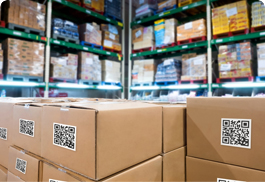
EASY SUPPLIER
KAZI ADDITIVE
has own transport facility. So we can delivery our goods to Client within short time [before Client required time).

PRODUCT QUALITY
KAZI ADDITIVE
is always maintaining their quality and concern about company Goodwill. So we have delivered our product to Client after Lab Test.

KAZI ADDITIVE LTD.
KAZI ADDITIVE
mainly Feeds Additives and Raw material importer, Exporter & Supplier and Kazi Additive Ltd main target is Client satisfaction by best service.
There are some special products that recently comes












There are some special products that recently comes



There are some special products that recently comes










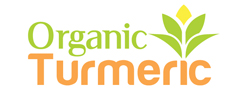

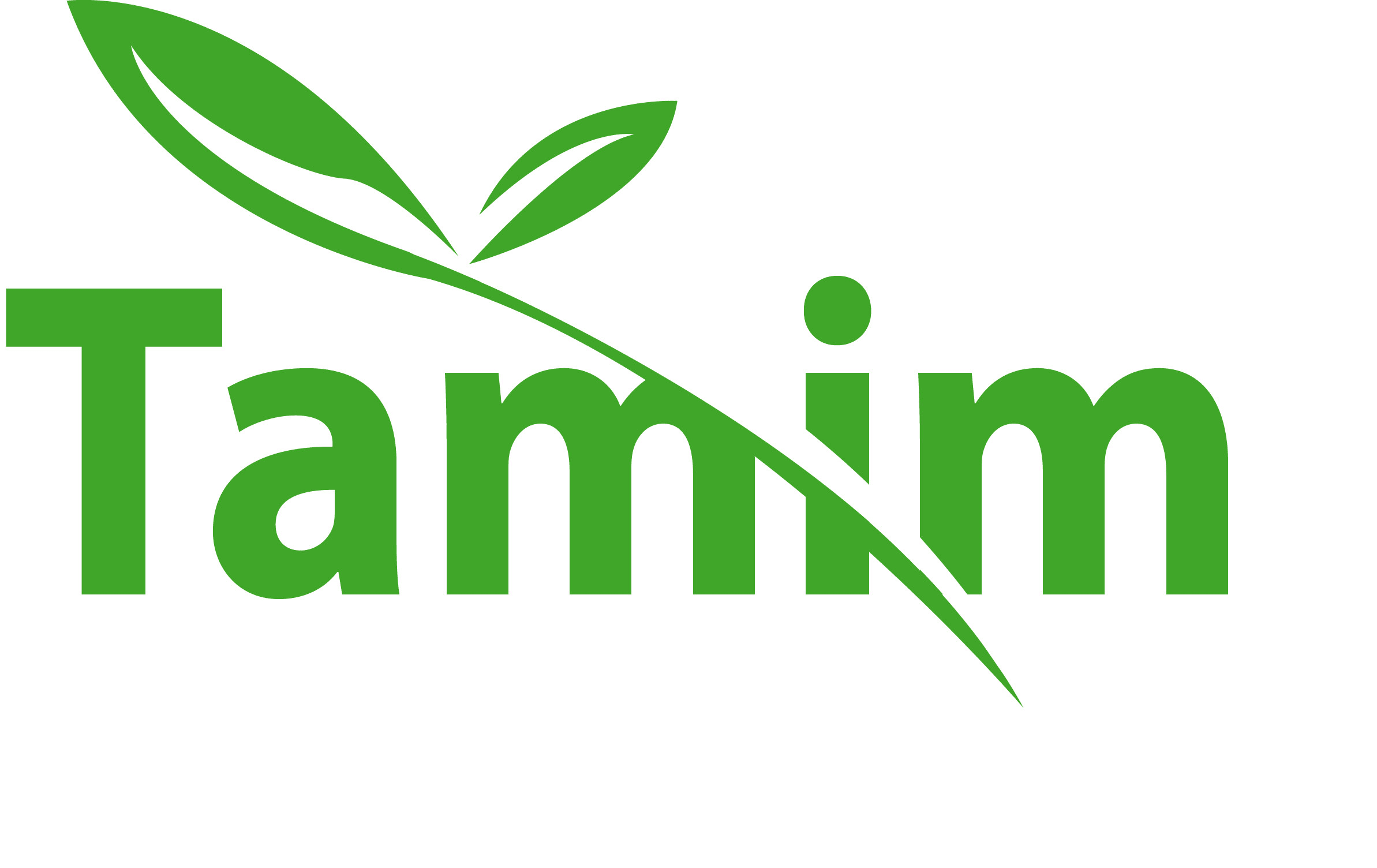
There are some special products that recently comes
| S/L | Company Name | Join Stock Registration No | TradeLicence No |
|---|---|---|---|
| 1 | Kazi Trust Link | No | 150600 |
| 2 | Kazi Additive Ltd. | C-142697/2018 | 174514 |
| 3 | Kazi Consumer Products | NO | 300 |
| 4 | Kazi Masterbatch Industry | NO | 221 |









